Notable deaths of 2017: Those who shaped and changed our world
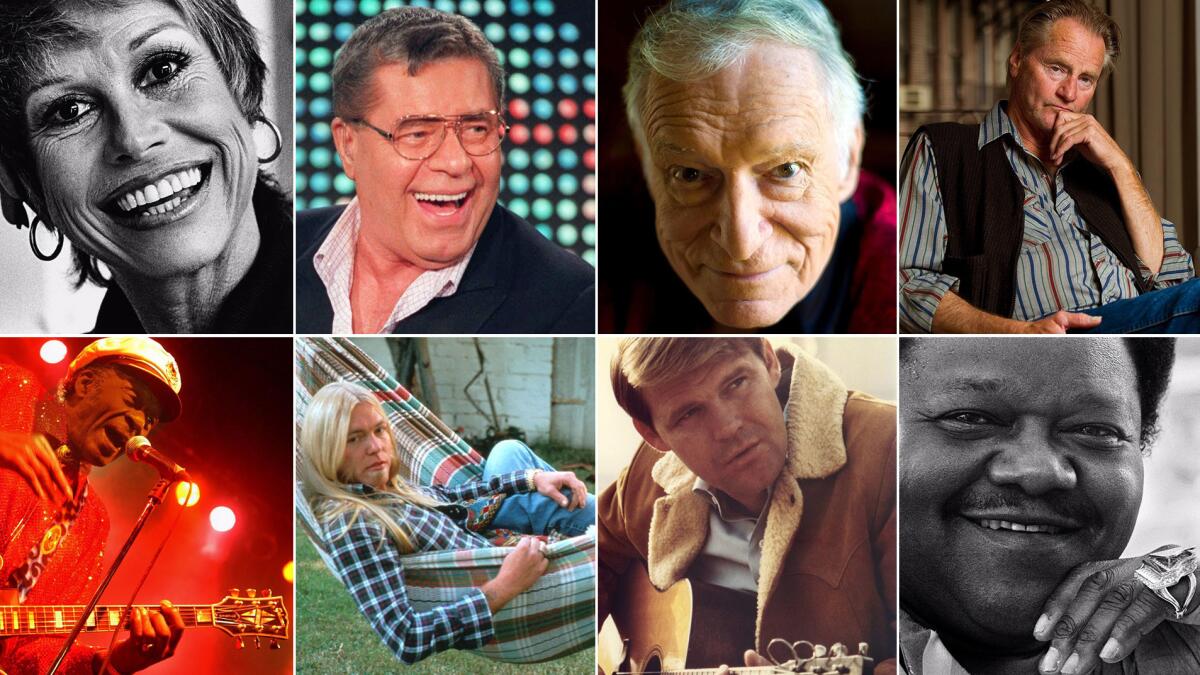
Musicians, comedians, big thinkers and freedom fighters. A roll call of those who shaped and changed the world we live in, or prompted us to look at it a bit differently. Here, in random order, are some — but by no means all — of the notable deaths in 2017.
ENTERTAINERS

Mary Tyler Moore
Mary Richards splashed onto television screens at a time when feminism was still putting down roots in America, a comfortably single woman who charged through the working day with equal parts humor and raw independence. Mary Tyler Moore’s character charmed TV watchers, earned the actress Emmy nominations and became a potent symbol of womanhood in the 1970s. Effervescent with a natural gift for playful banter, Moore was a mainstay on prime-time television. But it was a darker role, as the emotionally cold mother in “Ordinary People” in 1981, that earned Moore an Academy Award nomination for best actress.
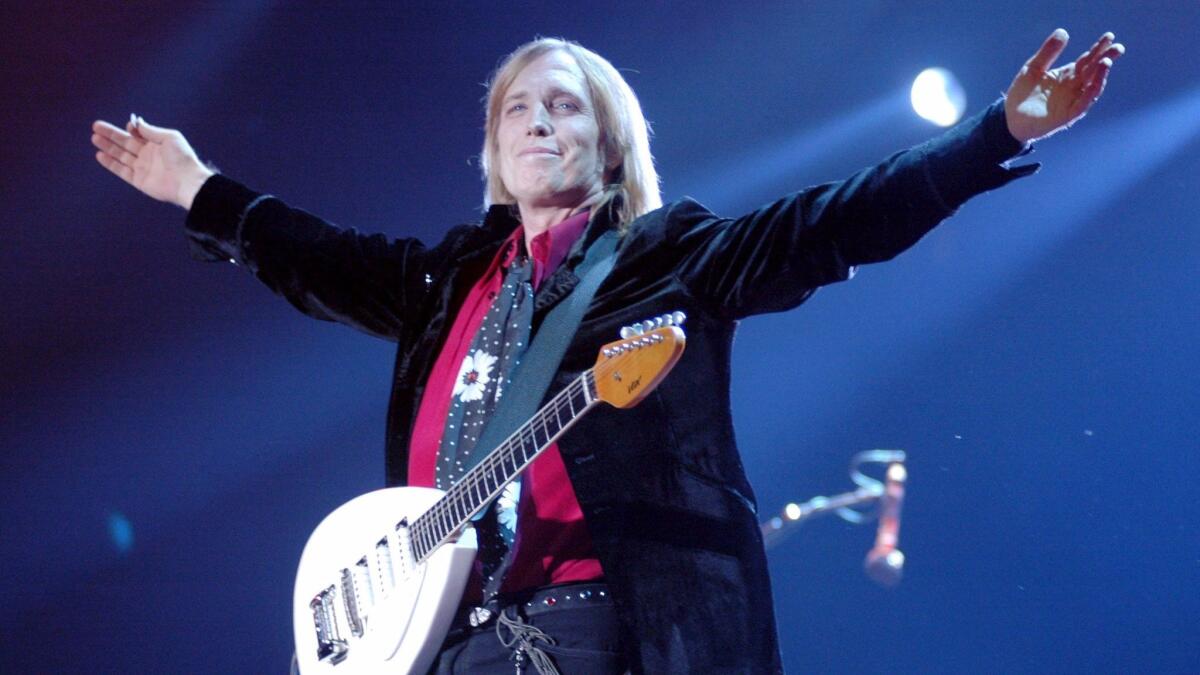
Tom Petty
He arrived during the punk rock era but always seemed refreshingly old school — part Beatles, part Stones, part dive bar rock. With a stripped-down sound and a slightly Dylanesque voice, Petty rode to the pinnacle of pop music stardom with his long-running rock band the Heartbreakers. Petty had a long string of hit songs, from “Don’t Do Me Like That” to “Free Fallin’,” yet maintained an everyman persona that made him a favorite with both fans and contemporaries.
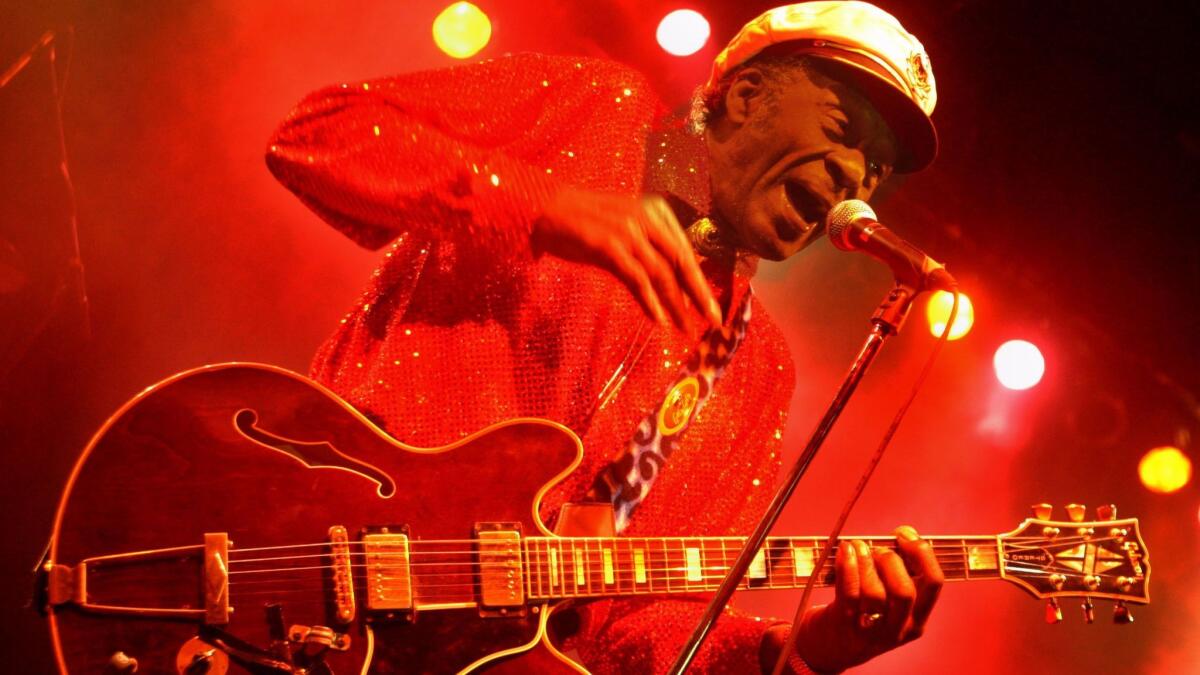
Chuck Berry
One of the founding fathers of rock ’n’ roll, Chuck Berry was a flashy guitarist who blended blues and country and wrote lyrics with a sophistication then uncommon in pop music. “Maybellene,” “Johnny B. Goode” and “Sweet Little Sixteen” all became anthems about teenage life and the innocence of 1950s America. “If you tried to give rock ’n’ roll another name, you might call it ‘Chuck Berry,’” John Lennon once said.
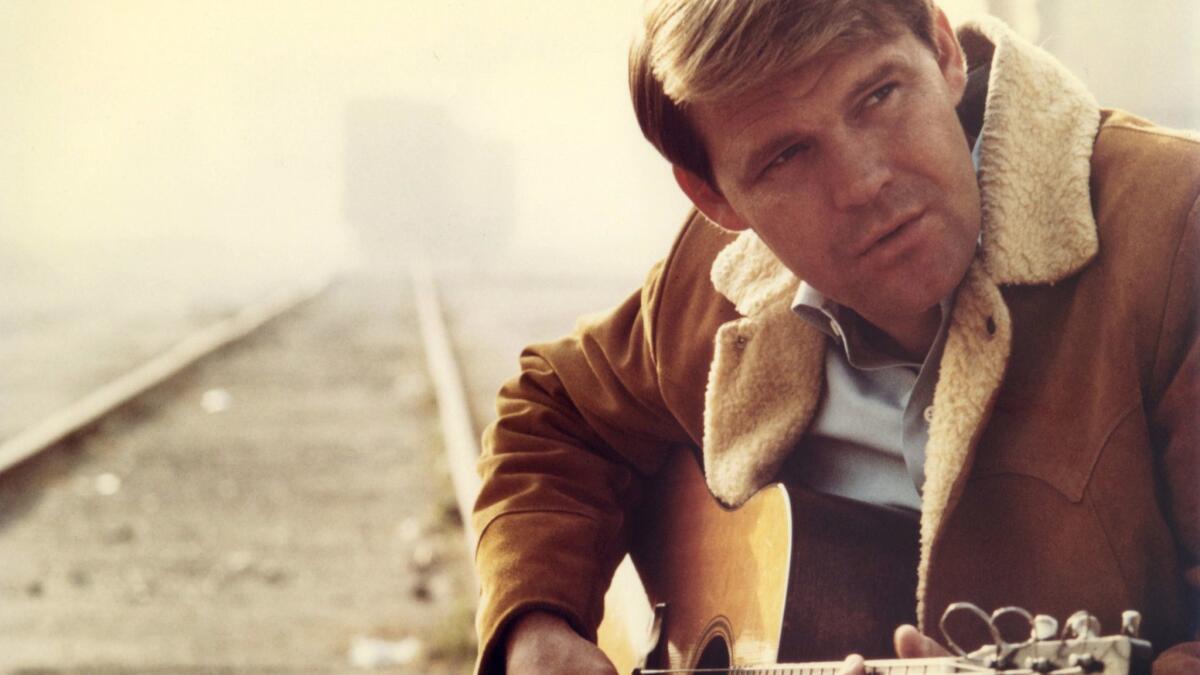
Glen Campbell
With his crystalline voice and aww-shucks demeanor, Campbell rose as an American troubadour with evocative songs like “By the Time I Get to Phoenix” and “Wichita Lineman.” He won Grammy Awards and had his own television show, but his final act may have been his most heroic. Candid about the Alzheimer’s that was stripping away his memory, he performed nonetheless — knowing the audience would faithfully supply any lines he forgot.
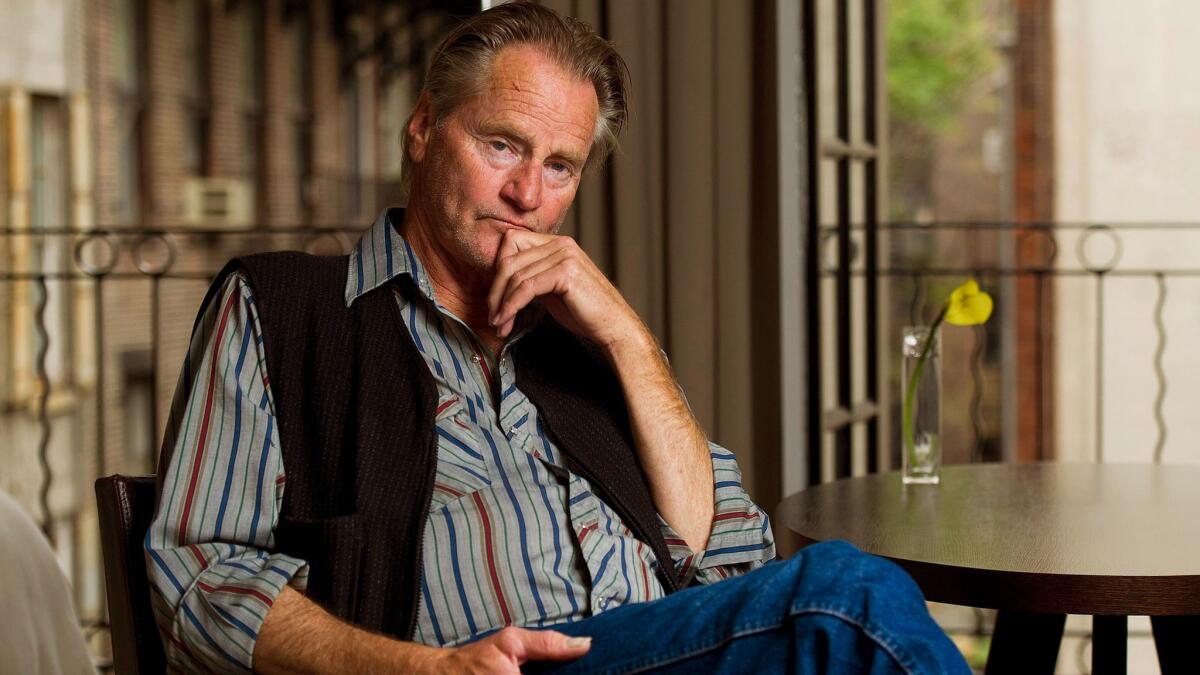
Sam Shepard
He was as skilled with the written word as the spoken word — nominated for an Oscar, possessor of a Pultizer. An accomplished actor and a celebrated playwright, Shepard seemed the very stuff of the rootless, tough-as-rawhide characters he wrote about and portrayed. When he took on Chuck Yeager in “The Right Stuff,” Times film critic Sheila Benson wondered whether he was the embodiment of Gary Cooper.
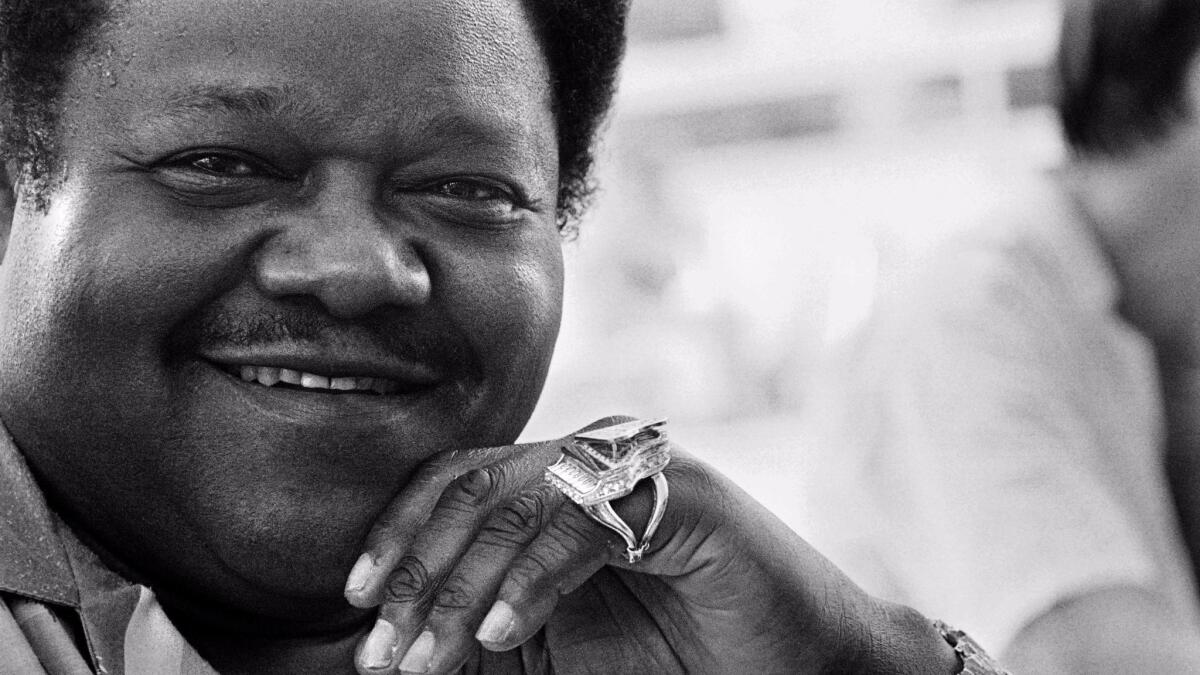
Fats Domino
A rock ’n’ roll pioneer, Domino came blazing straight out of New Orleans with a mashed-up blend of jazz, rhythm and blues and boogie-woogie that was as infectious as it was unique. During the 1950s, he had 37 singles in the Top 10 and was credited with making the piano a genuine rock instrument. Unlike his brethren in the early days of rock — Little Richard, Jerry Lee Lewis, Chuck Berry — he never played the role of rebel. Humble and soft-spoken, he was remembered universally for his boundless smile.
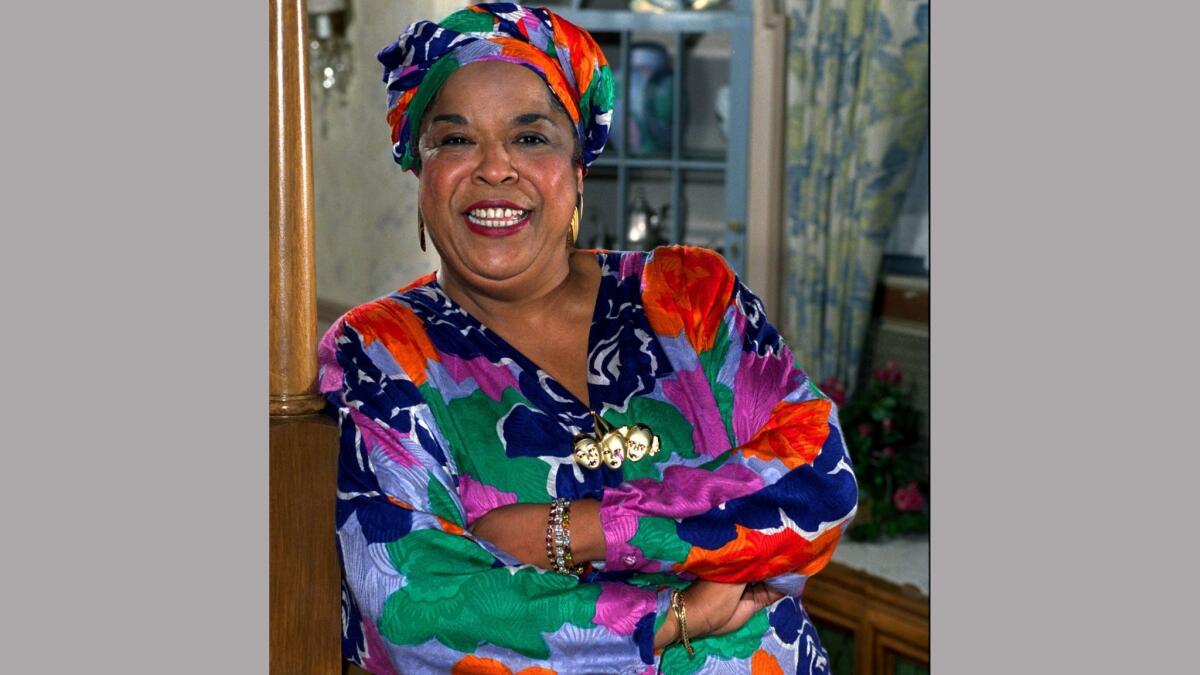
Della Reese
A funny thing happened to Reese as she inched toward retirement. She’d been a Grammy-nominated gospel singer, a film actress and a familiar face on television. But at the age of 60, she became a prime-time star as the angelic supervisor on “Touched by An Angel,” sent Earthward to help mortals solve their problems. The show lasted for eight seasons.

Gregg Allman
The voice and face of Southern rock, Allman sang with a bluesy soulfulness that sounded as if it were pulled straight from the bogs and red clay of the Deep South. As the frontman for the Allman Brothers, he and his brother Duane on slide guitar helped the group win an international fan base with songs like “Midnight Rider” and “Whipping Post.” But his career was also inlaid with tragedy and tough times.

Jerry Lewis
As the manic and rubber-face comic, Lewis was unfailing in delivering the goods, whether from stage with Dean Martin or on camera in such films as “The Bellboy” and “The Nutty Professsor.” Wildly popular, he was nonetheless dismissed by American critics. In Europe, though, he was regarded as a cinematic genius. He had a long second career as the host of the annual Muscular Dystrophy Assn. telethon.

Al Jarreau
A musical prodigy, Jarreau was a jazz singer, an R&B artist and — at times, and depending on mood — a pop star. He won Grammy Awards in all three categories, often based on the imaginative and improvisational qualities of his vocal delivery. But his instinct to fuse musical genres often meant he was overlooked by radio stations and promoters.
NEWSMAKERS
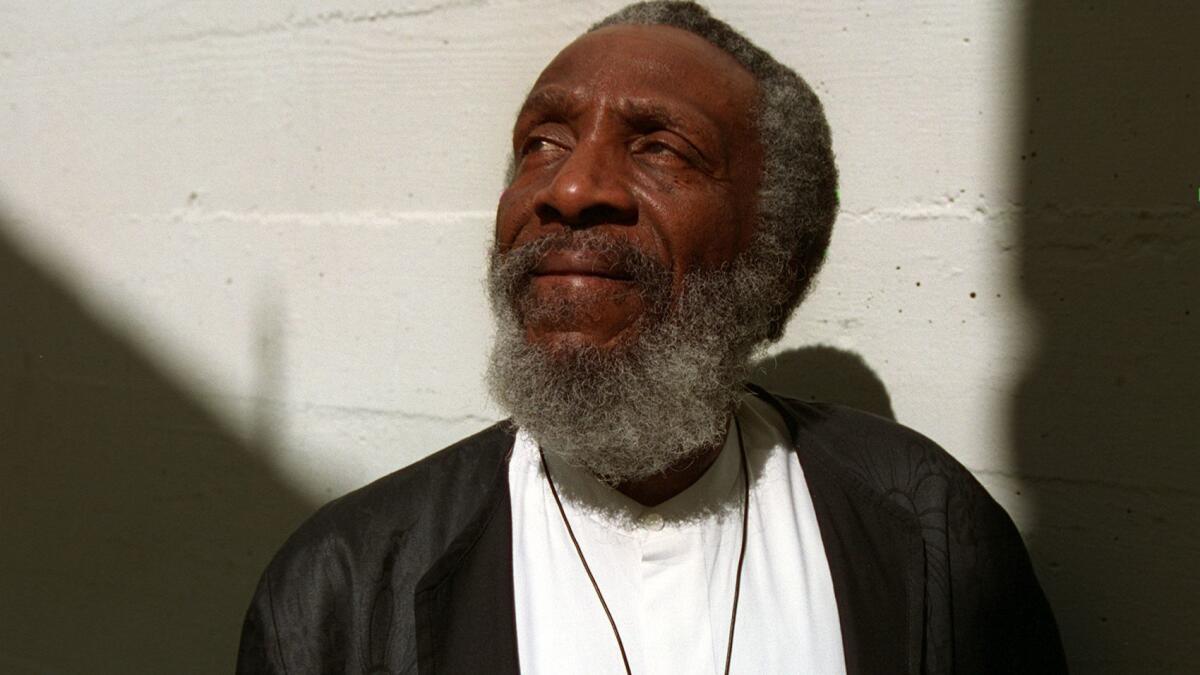
Dick Gregory
Gregory taught people how to laugh and he taught them how to fight as a standup comic and a social justice activist. He was shot in the leg trying to defuse the Watts riots, once ran for president, led a hunger strike to protest the Vietnam War and went to jail after joining demonstrators in Alabama at the Rev. Martin Luther King’s request. “I never learned hate at home, or shame,” he once joked with abundant sarcasm. “I had to go to school for that.”

David Rockefeller
The grandson of an oil tycoon and one of the world’s richest men, David Rockefeller was the last in his generation of a famously philanthropic family. He wielded international power and influence without ever seeking political office like his brothers and advocated something he called “enlightened capitalism.” He was a patron of the arts, donated profusely and — on his 100th birthday — gave 1,000 acres of his own land to the state of Maine for preservation.

Frank Deford
A storyteller first and a sports fan second, Deford brought a lyrical touch to the profiles and cultural tales that for decades were must-reads in Sports Illustrated. He wrote books by the armful, was a longtime commentator on National Public Radio and cemented himself as a pioneer of literary sports journalism. He went beyond or behind the box scores, stat sheets and fantasy team updates that many sports fans chased, and spun stories about the athletes who landed on Wheaties boxes, the losing football team that found solace in playing chess or his own daughter’s short life while fighting cystic fibrosis.
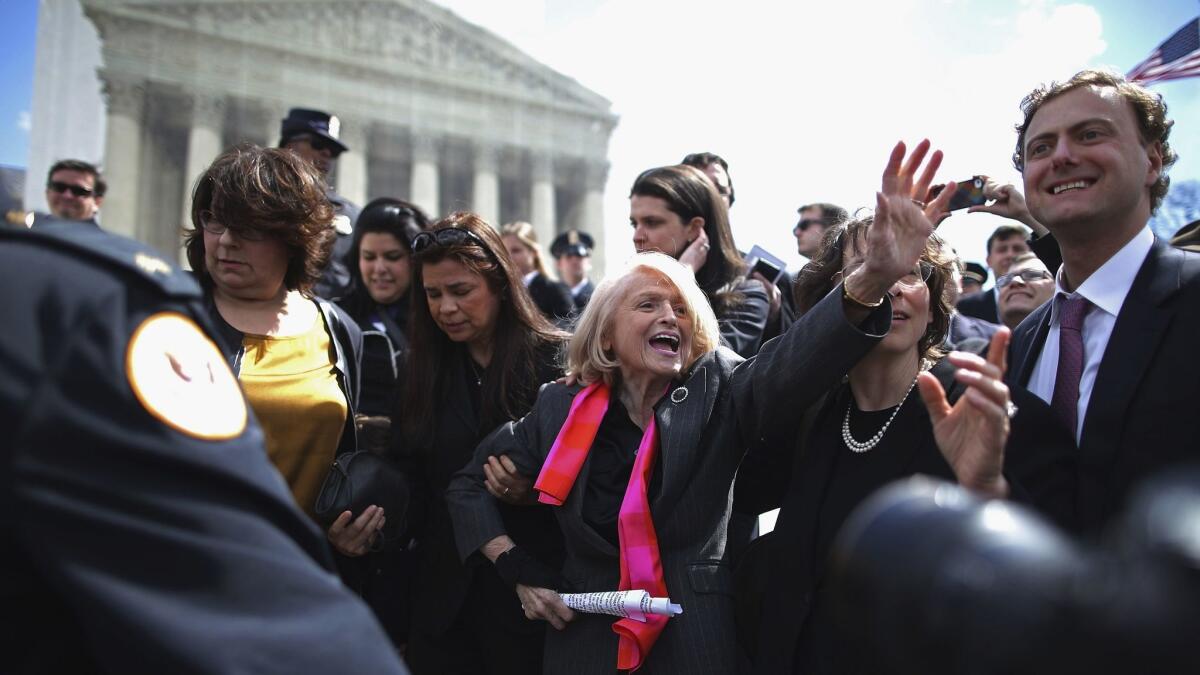
Edith Windsor
When her partner of 40 years died, Windsor took the government to court and won a landmark case for same-sex couples, opening the door for the eventual federal recognition for gay spouses. For years Windsor and her partner, Thea Spyer, who married in Canada, lived a closeted life, but when Spyer died, Windsor stepped into the spotlight and took on the government, arguing that it was unconstitutional that she would have to pay a huge tax bill that a heterosexual couple would never face. The Supreme Court came down in her favor, framing the architecture for the court ruling that gave same-sex couples the right to marry.

Hugh Hefner
An incurable playboy, Hefner built a publishing and entertainment empire on the notion that Americans were ready to set aside their prudish hangups and enjoy sex. Playboy magazine pushed aside taboos and helped usher in an era of sexual freedom at a time when marriage was the bedrock of American culture. But it also became a lightning rod for feminist dissent, and the Playboy bunnies were identified by some as an emblem of sexual oppression and exploitation. Though the magazine had a literary appeal with its deep interviews and original fiction, it eventually suffered the same fate of other print publications — declining readership and evaporating advertising dollars.
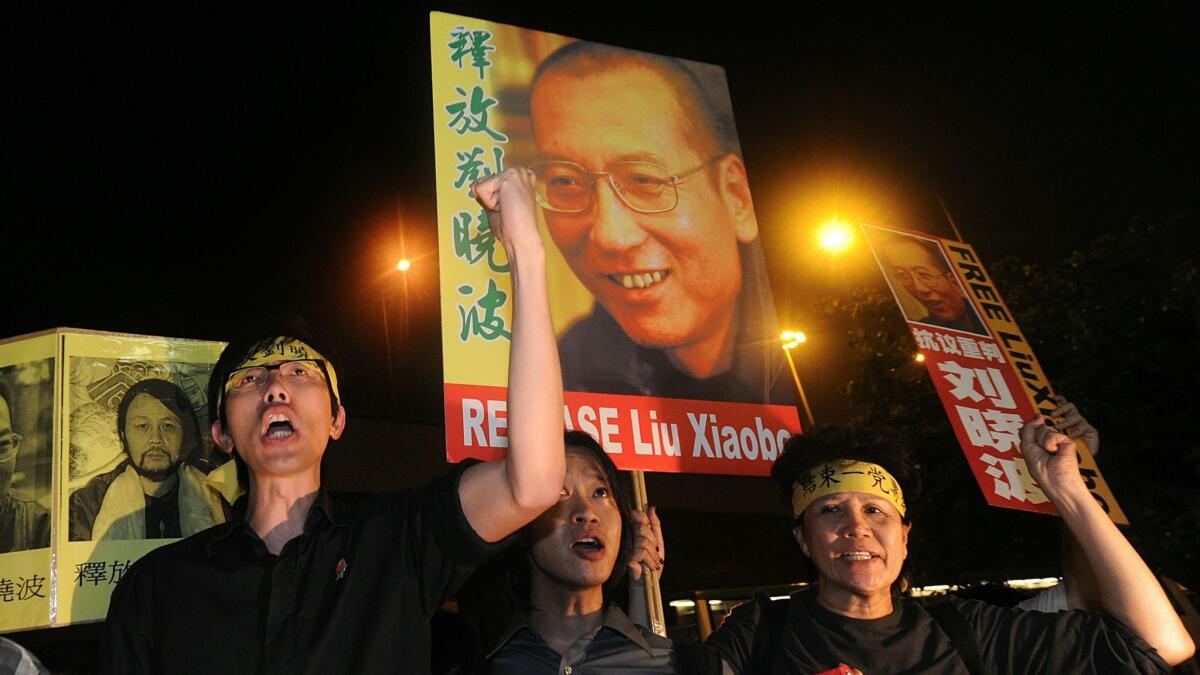
Liu Xiaobo
Liu was fully formed as a champion of democracy and free expression after the Tiananmen Square massacre in 1989, and he paid the consequences for the rest of his life. Jailed repeatedly for challenging the state power in China, Liu was embraced as a beacon of human rights around the world, even when behind bars. When he and his family were barred from going to Norway after Liu won the Nobel Peace Prize in 2010, his empty chair at the awards ceremony became a symbol of resistance.
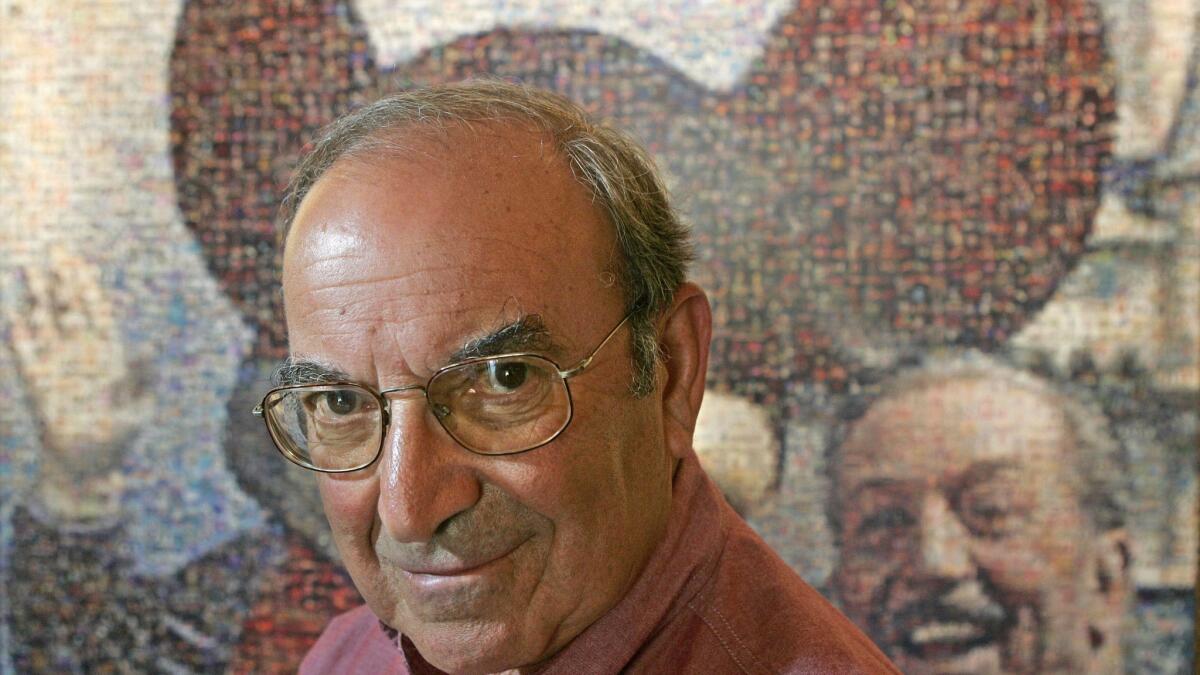
Marty Sklar
If there was anyone who could channel Walt Disney — distill his core beliefs, give substance to his visions — it was Marty Sklar. For half a century, Sklar helped lead the creative development of the Burbank company’s parks, resorts and other attractions around the world. He was one of the last executives to actually work hand-in-hand with Disney. He helped bring Disney World into existence, pushed forward with attractions like It’s a Small World and Space Mountain and was there when California Adventure was unveiled.

Ahmed Kathrada
For years, Kathrada was one of Nelson Mandela’s closest confidantes, jailed again and again for his vocal opposition of apartheid and fighting racism in South Africa. Kathy, as he came to be known, was jailed at least 18 times for his activism but refused to flee into exile, though he was often forced to wear disguises to avoid being harassed by police. Freed a final time in 1989, he was elected to the parliament in the country’s first fully democratic elections in 1994.

Sima Wali
An Afghan refugee who came to America as a young woman, Wali devoted her life to fighting for human rights in her homeland and standing up for those like herself whose lives had been upended. Wali spoke loudly about the “gender apartheid” in Afghanistan where the basic rights of women were ground down, first during the Soviet occupation and then under the merciless rule of the Taliban. When a new Afghan government was formed, she successfully pushed for the creation of a Ministry of Women’s Affairs.
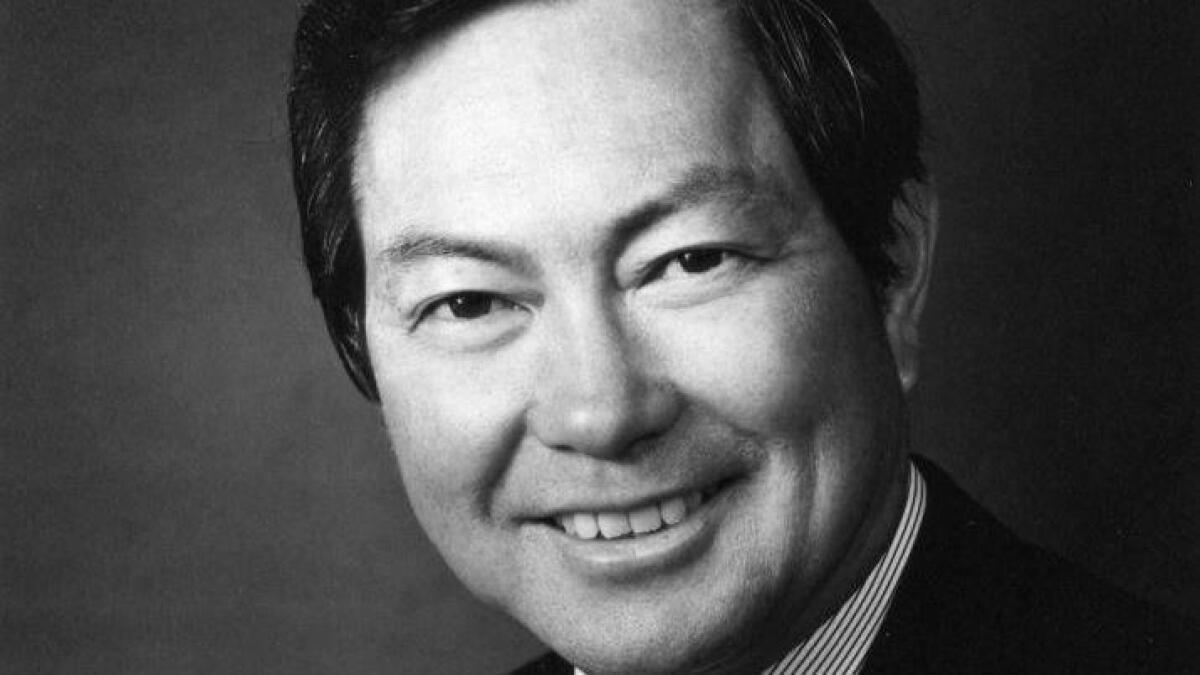
Gin Wong
He never captured the attention showered on architects like William Pereira or I.M. Pei, but Wong was very much a visionary who shaped the look of postwar Los Angeles — LAX, the Los Angeles County Museum of Art, CBS Television City and the arresting rooftop swoosh of the Union 76 gas station in Beverly Hills. As with other minorities during his era, Wong probably never gained the credit he deserved, and by the time he did open his own firm, younger generation-next architects had moved center stage.
Start your day right
Sign up for Essential California for the L.A. Times biggest news, features and recommendations in your inbox six days a week.
You may occasionally receive promotional content from the Los Angeles Times.




